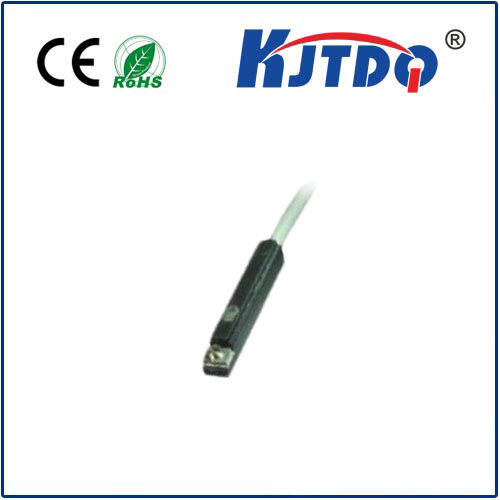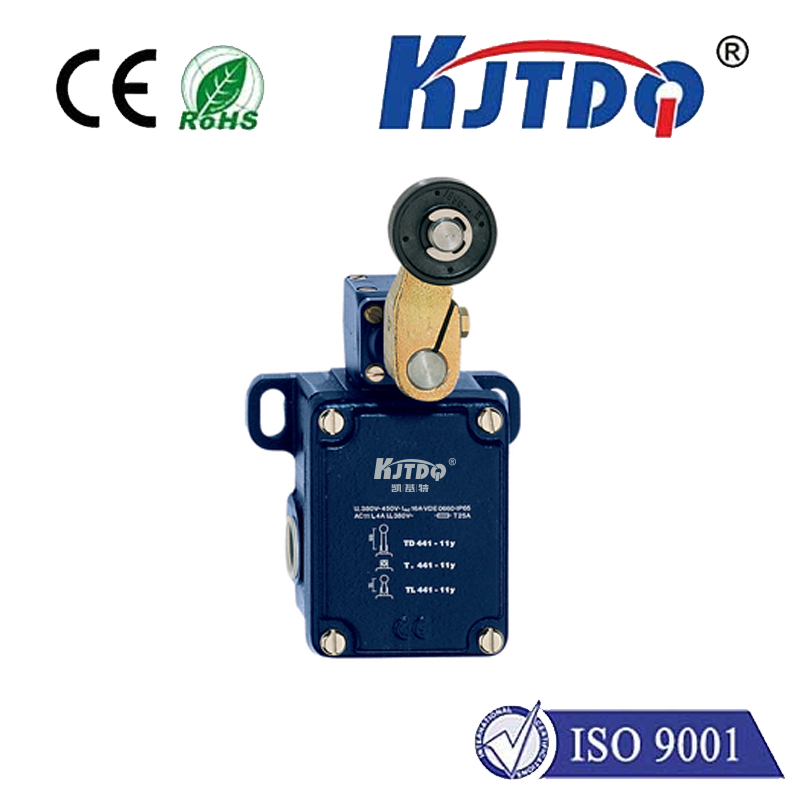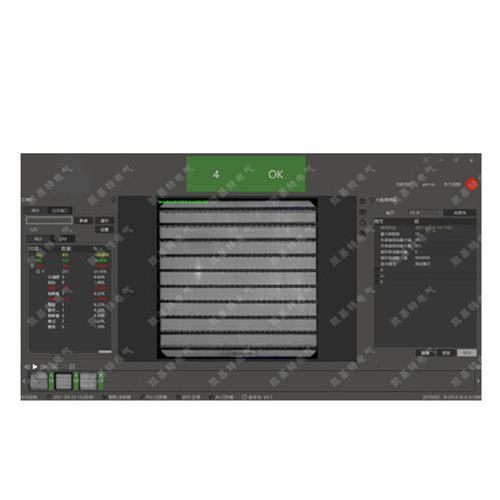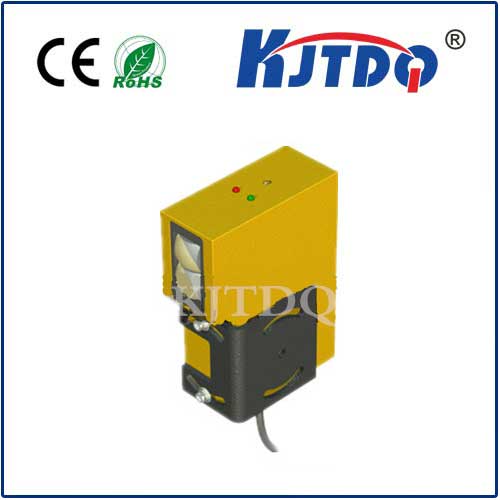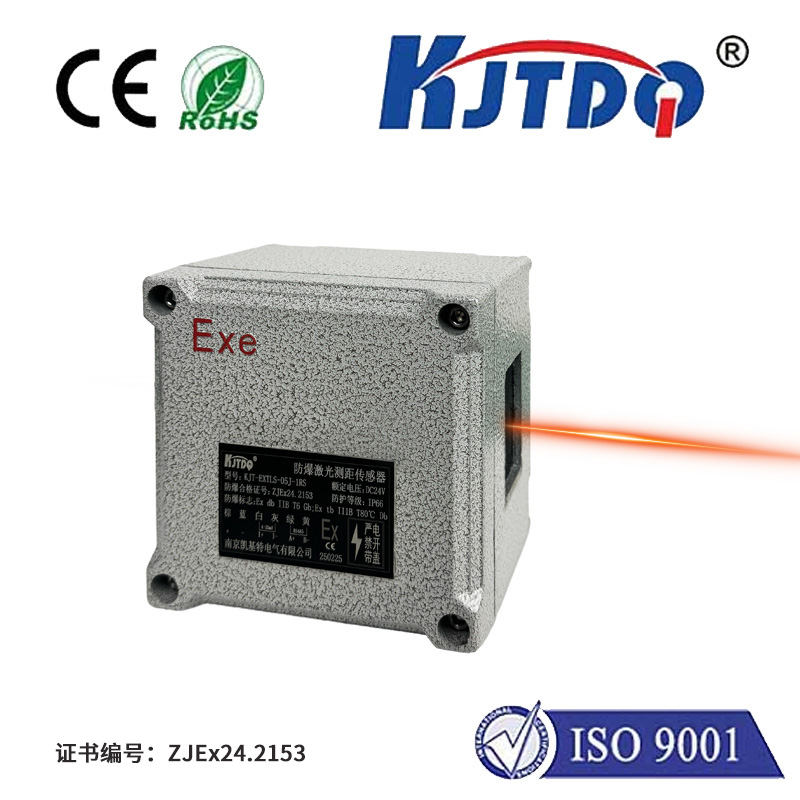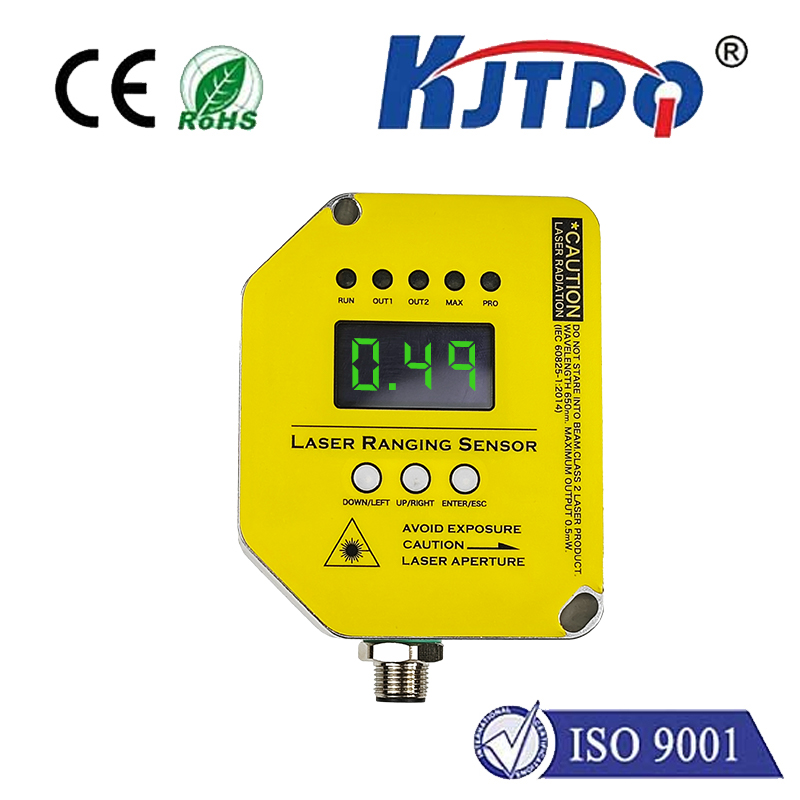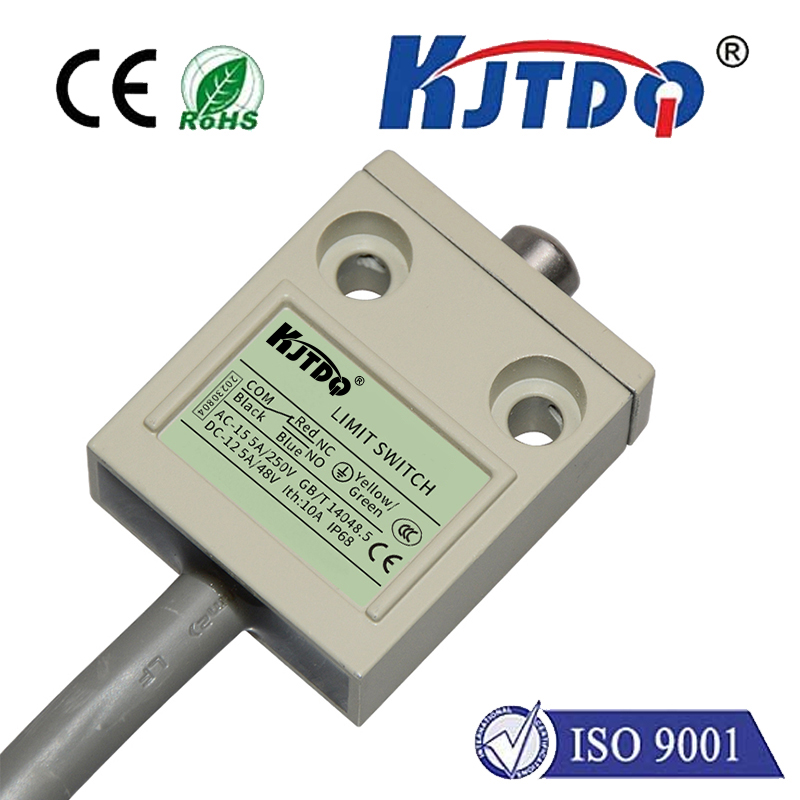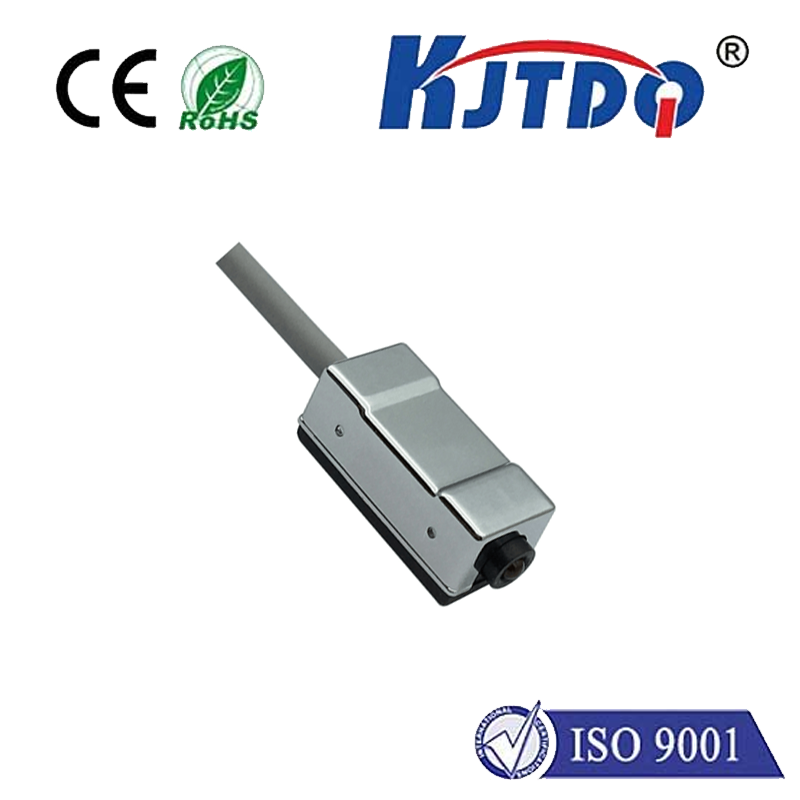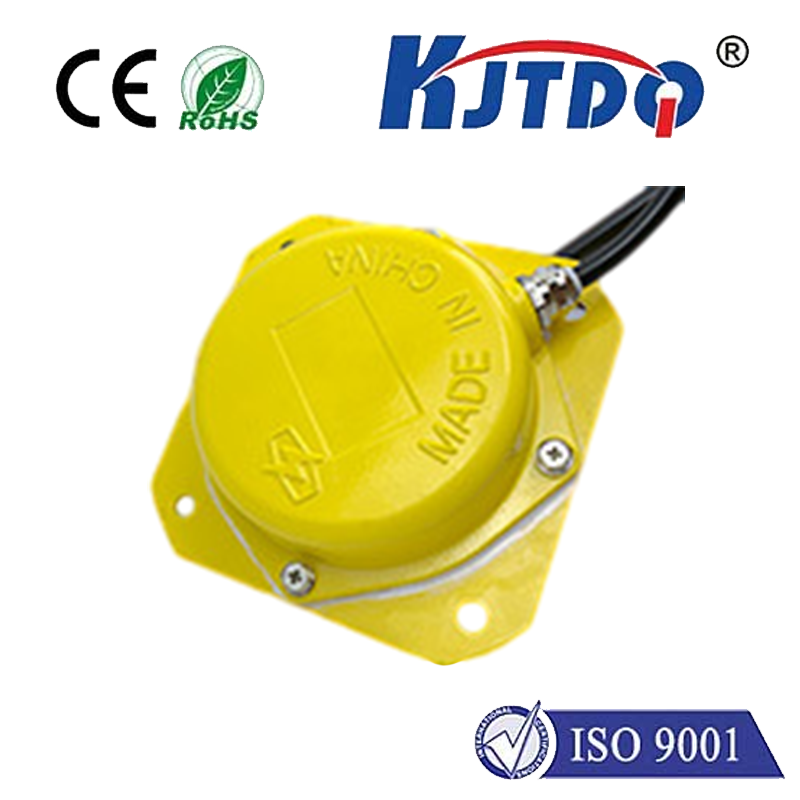proximity transducer system
- time:2025-06-25 02:48:49
- Click:0
Proximity Transducer Systems: The Heartbeat of Machinery Health Monitoring
In the intricate symphony of modern industry, where colossal machines hum and rotate with immense power, understanding their inner workings is paramount. Imagine possessing the ability to non-invasively listen to the very pulse of these mechanical giants, detecting the faintest whispers of misalignment, imbalance, or bearing wear before they crescendo into catastrophic failure. This is the critical role played by proximity transducer systems – the sophisticated sensory network safeguarding the health and efficiency of rotating assets across countless sectors.
At its core, a proximity transducer system is a specialized measurement solution designed to precisely detect the presence, position, vibration, and movement of metallic objects without physical contact. Unlike traditional methods involving physical linkages or disruptive techniques, these systems operate based on electromagnetic principles, offering unparalleled precision and reliability in demanding environments. They are truly the eyes and ears focused on the vital rotating elements within complex machinery.
Unveiling the Core Principle: Eddy Current Sensing
The dominant technology underpinning most industrial proximity transducer systems is eddy current sensing. Here’s how it works:

- The Probe: This critical component contains a coil wound around a core, energized by a high-frequency alternating current (AC) from the system’s oscillator.
- Generating the Field: As AC flows through the coil, it generates a high-frequency electromagnetic field radiating from the probe tip.
- Eddy Current Induction: When this field encounters a conductive target (like a rotating machine shaft), it induces swirling electrical currents called eddy currents within the target material’s surface.
- Field Interaction & Sensing: These eddy currents generate their own opposing electromagnetic field, which interacts with the field produced by the probe. This interaction changes the impedance (effective resistance) of the probe’s coil.
- Signal Conversion: The proximity transducer system continuously monitors this impedance change. An integral proximity transducer within the system converts this impedance variation into a precise, linear electrical signal – typically a DC voltage – directly proportional to the distance (or gap) between the probe tip and the target surface.
This elegant, contactless principle makes proximity transducer systems exceptionally well-suited for measuring critical parameters in rotating machinery, such as:
- Shaft Relative Position (Displacement): Essential for monitoring radial shaft position within bearings (detecting misalignment) and axial thrust position.
- Shaft Vibration: Capturing relative vibration – the movement of the shaft relative to the bearing housing – often measured in microns (µm) peak-to-peak. This is vital for detecting imbalance, misalignment, bearing defects, and other mechanical issues.
- Speed / RPM: Observing the passage of shaft features (like keyphasors) to determine rotational speed.
- Gap Measurement: Precisely monitoring small clearances in various applications.
- Your Best Defense Against Costly Downtime: Proximity transducer systems are the cornerstone of modern condition monitoring and predictive maintenance strategies for rotating equipment like turbines, compressors, motors, generators, and pumps. Their ability to provide high-fidelity, real-time data is unparalleled.
Why Proximity Transducer Systems are Indispensable:
- Non-Contact Measurement: Eliminates wear issues associated with contacting sensors, allows measurement on moving or delicate components, and doesn’t add mass or loading to the target.
- High Resolution and Accuracy: Capable of detecting minute changes in position and vibration (microns level), providing the precise data needed for early fault detection.
- Robustness: Designed to withstand harsh industrial environments – high temperatures, pressure, oil mist, and vibration (note: probe choice depends on specific conditions).
- Wide Frequency Response: Effectively captures both slow-changing positional shifts and high-frequency vibration components crucial for diagnostics.
- DC Response: Ability to measure true static position or slow-motion events, unlike some other vibration sensors.
Essential Components: The System View
A complete proximity transducer system comprises several key, interdependent elements working seamlessly:
- Probes (Sensors): Mounted strategically near the measurement point (e.g., bearing housings), these contain the sensing coil. Probe selection (size, thread, length, material, temperature rating) is critical for the application.
- Extension Cables: Connect the probe to the proximity transducer (oscillator/demodulator), shielding the sensitive low-level signal from electrical noise. Specialized low-noise cable types are mandatory.
- Proximity Transducer / Oscillator-Demodulator: Often referred to as “the transducer” in system terms, this is the brains. It generates the probe’s excitation current and processes the probe’s coil impedance signal, outputting a stable, scaled DC voltage proportional to the gap. Crucially, it powers the probe.
- Signal Conditioners / Monitors (Optional, but common): For complex systems, these units receive transducer outputs, provide further filtering, buffering, alarming, integration (to velocity), and communication interfaces (analog/digital) for control systems or condition monitoring software.
Diverse Applications Where Proximity Systems Shine
The reach of proximity transducer systems extends far beyond simple detection. They are fundamental to:
- Industrial Machinery Health Monitoring: Continuous monitoring of vibration and position on critical turbomachinery, pumps, motors, gearboxes, and fans for predictive maintenance.
- Control Systems: Providing real-time position feedback for precise control of manufacturing processes (e.g., metal rolling mills, plastic film lines).
- Aerospace: Monitoring critical clearances in jet engines and other rotating components.
- Power Generation: Essential for monitoring turbines (steam, gas, hydro), generators, and large pumps in power plants.
- Automotive Testing: Measuring crankshaft/camshaft position and vibration on test beds.
- Hydraulics & Pneumatics: Monitoring cylinder rod position.
- Balancing Machines: Providing precise measurement during rotational balancing procedures.
Implementing Success: Critical Considerations
Selecting and installing a proximity transducer system requires careful planning:
- Target Material & Size: The target must be conductive (typically ferrous steel for optimal performance) and large enough relative to the probe tip diameter to ensure accurate measurement.
- Calibration: Probes and transducers are calibrated together against specific target materials. Using unmatched components or incorrect materials compromises accuracy.
- Mounting: Rigid, secure mounting of both probes and transducers is essential to prevent false vibration readings.
- Cable Management: Proper routing and securing of low-noise extension cables is vital to prevent noise pickup, microphonics, and damage. Never shorten extension cables arbitrarily.
- Environment: Ensure selected probes, cables, and transducers are rated for the ambient temperature, pressure, and chemical exposure.
By providing unparalleled precision in measuring vibration and position without physical contact, proximity transducer systems empower industries to achieve unprecedented levels of machine reliability, operational efficiency, and significant cost savings through avoided catastrophic failures and optimized maintenance schedules. They are, without exaggeration, the vigilant sentinels guarding the health and longevity of our most critical mechanical assets.












